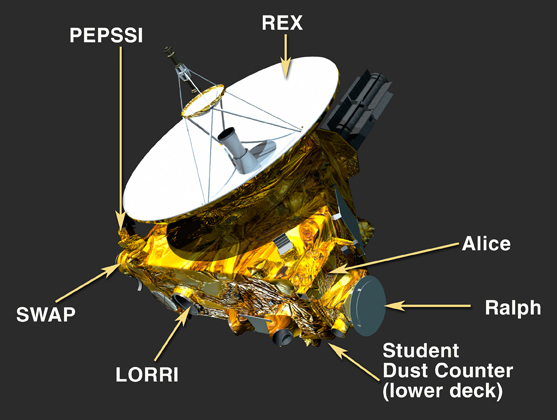whp.blue
Well-Known Member
Damocles said:whp.blue said:Damocles said:It is more about anatomical effects of long term microgravity
I understand that but without effective shielding it means nothing, as nobody would survive any length of flight, the radiation would kill them long before the gravity issues take effect.
The radiation isn't bad enough to instantly kill people. The Curiosity measured it on the way to Mars and they found that although it's currently above what NASA want to use as a limit, and it certainly increases the risks of cancers, it's not instant death material and could feasibly be done.
Radiation in space is about 1.8 milliSieverts a day for those interested in radiation and NASAs lifetime limit is 1,000 milliSieverts. With current technology they could get there and back under that limit, if the mission was planned correctly and they used the window where Earth and Mars are closest then you're looking at 260 days travel. Problem is that the crew would have to be totally inexperienced in space which doesn't sound like a good recipe for one of the longest spaceflights ever done.
260 days times 1.8 is 468. The trip back would take longer and they'd probably push over the limit. This assumes current technology and no measures taken.
It's a broad concern but I think that there are astronauts in NASA who would probably risk an extra 5% risk of cancer to be the first human to ever set foot on another planet. Very few opportunities ever come along to be truly immortal alongside names like Jesus Christ, Homer and other names humanity will remember for as long as it exists. Being the first human on another planet would certainly be one of them.
Are you saying that because during the Curiosity voyage the radiation is a constant? and that it will be used as template?
I don't think they will ignore the chance of a SPE and would defiantly need shielding as these do have enough energetic particles to cause death
I am not sure how accurate we are at predicting this sort of event bearing in mind that they are putting the Astronauts lives on the line.
For some reason I have it in my head that we can only accurately predict these events about 5 hours before they occur.

